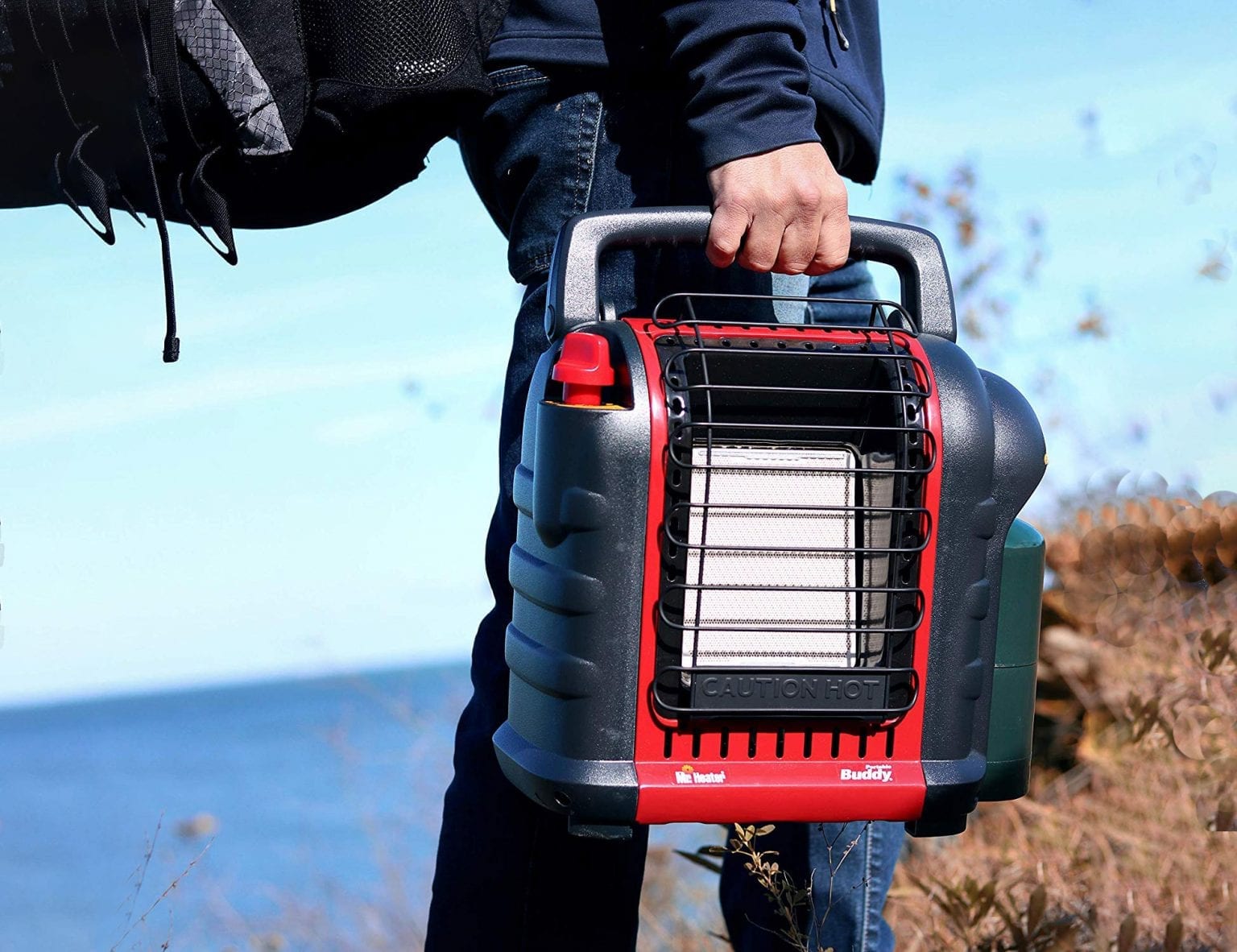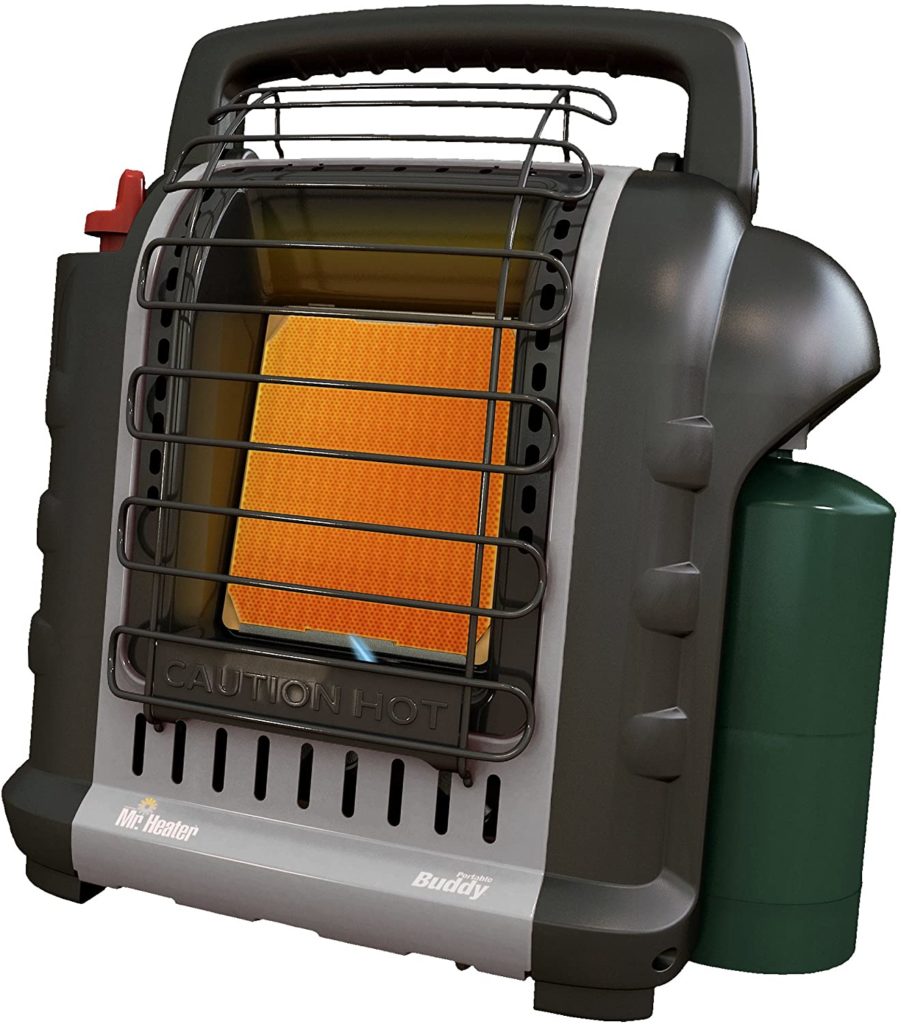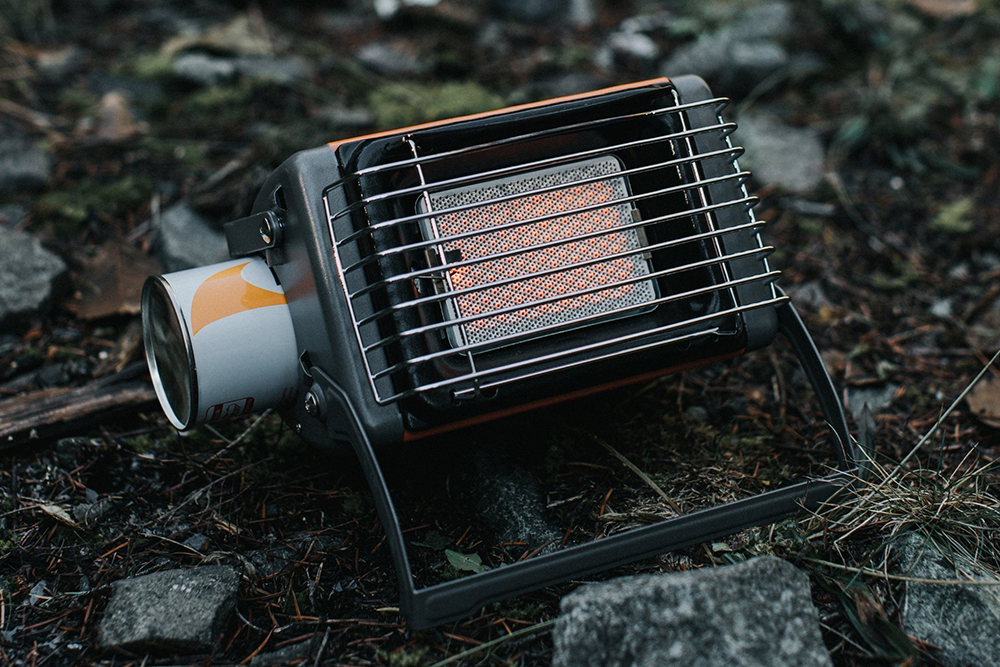Grow Tent Heater

A. Importance of Temperature Control in Indoor Gardening
grow tent heater:Temperature control is crucial in indoor gardening, especially in a grow tent environment. Here are a few reasons why maintaining the right temperature is essential:
- Optimal Plant Growth: Different plants have specific temperature requirements for optimal growth. Maintaining the correct temperature range allows plants to photosynthesize efficiently, maximizing their growth potential and overall health.
- Preventing Heat Stress and Cold Shock: Extreme temperatures, whether too hot or too cold, can stress plants and lead to adverse effects such as wilting, stunted growth, or even death. Maintaining a stable temperature range helps prevent heat stress during hot periods and cold shock during colder seasons.
- Controlling Pest and Disease Risks: Temperature control plays a significant role in managing the risk of pests and diseases. Certain temperature ranges can create favorable conditions for the growth and spread of pests and pathogens. Maintaining proper temperatures can help minimize these risks and maintain a healthy growing environment.
B. Benefits of Using a Grow Tent Heater

Using a grow tent heater provides several benefits in maintaining optimal temperature conditions:
- Temperature Regulation: A grow tent heater allows precise control over the temperature within the tent, ensuring it remains within the desired range for healthy plant growth. It helps prevent temperature fluctuations caused by external factors or changes in ambient temperature.
- Seasonal Adaptation: Grow tent heaters are particularly useful during colder months when temperatures drop below the ideal range for plant growth. By providing supplemental heat, a heater helps create a stable and warm environment that supports plant growth even in winter or colder climates.
- Energy Efficiency: Modern grow tent heaters are designed to be energy-efficient, allowing you to maintain the desired temperature without consuming excessive electricity. Many heaters are equipped with adjustable thermostats and timers, offering precise temperature control and reducing energy consumption when not needed.
- Improved Plant Health: By maintaining the appropriate temperature, a grow tent heater helps plants thrive by ensuring they receive the ideal growing conditions. This promotes healthy root development, encourages robust foliage growth, and increases overall plant vitality.
-
Extended Growing Season: With a grow tent heater, you can extend the growing season and have more flexibility in cultivating a wider range of plants. By providing the necessary warmth, you can grow plants that require higher temperatures and continue gardening even during colder months.
Understanding Temperature Requirements for Plants
A. Ideal Temperature Ranges for Different Plant Species

- Determining Optimal Day and Night Temperatures: Different plant species have specific temperature requirements for optimal growth. This includes both daytime and nighttime temperatures. Understanding the ideal temperature ranges allows for better plant management and cultivation.
- Considering Seasonal Temperature Variations: It’s important to take into account seasonal temperature variations when growing plants in a grow tent. Some plants may require lower temperatures during their dormant or resting periods, while others may thrive in warmer temperatures during their active growth phases.
B. Impact of Temperature on Plant Growth and Development
- Effects of Cold Stress and Heat Stress on Plants: Extreme temperatures, either too cold or too hot, can stress plants and hinder their growth and development. Cold stress can lead to slower growth, wilting, and even frost damage. Heat stress can cause leaf scorching, wilting, and reduced fruit or flower production.
- Maintaining Stable Temperatures for Optimal Growth: To achieve optimal growth, it’s crucial to maintain stable temperatures within the appropriate range for each plant species. This helps plants efficiently utilize water and nutrients, maintain metabolic processes, and achieve their full growth potential.
Types of Grow Tent Heaters
A. Electric Fan Heaters

- Efficient and Fast Heating for Small to Medium Tents: Electric fan heaters are commonly used in grow tents due to their efficiency in quickly and evenly distributing heat. They are suitable for small to medium-sized tents and can provide sufficient warmth for plants during colder periods.
- Adjustable Settings and Safety Features: Electric fan heaters typically offer adjustable heat settings and built-in safety features like overheat protection and automatic shut-off. These features ensure safe and controlled heating, allowing growers to customize the temperature settings based on their plant’s requirements.
B. Oil-filled Radiator Heaters
- Steady and Gentle Heat Distribution: Oil-filled radiator heaters are known for their steady and gentle heat distribution. They provide a consistent warmth without drying out the air, making them suitable for sensitive plants that prefer stable temperature conditions.
- Silent Operation and Energy Efficiency: Oil-filled radiator heaters operate silently and are energy-efficient. They retain heat well, allowing for long-lasting warmth even after the heater is turned off. This makes them a cost-effective option for maintaining stable temperatures within a grow tent.
Supplemental Heating Techniques

A. Heat Mats and Propagation Heating
- Providing Bottom Heat for Seed Germination and Rooting: Heat mats, also known as propagation mats, are placed under pots or trays to provide bottom heat. This increases soil temperature and promotes faster seed germination and root development, especially for heat-loving plants.
- Creating Warm Microclimates for Propagation: Heat mats create warm microclimates within the grow tent, ideal for encouraging the growth of cuttings or starting seeds. They help maintain consistent warmth, which is crucial for successful propagation.
B. Ceramic Heaters and Infrared Heat Lamps
- Targeted Spot Heating for Specific Plant Areas: Ceramic heaters and infrared heat lamps emit heat in a focused manner, allowing growers to target specific areas within the grow tent that require extra warmth. This is particularly useful for larger tents or when specific plants have different temperature requirements.
- Heat Penetration and Energy Efficiency: Ceramic heaters and infrared heat lamps penetrate the plant canopy better than traditional heaters, ensuring efficient heating while conserving energy. They can be adjusted and positioned to provide localized warmth, reducing overall energy consumption.
Temperature Monitoring and Control
A. Thermometers and Hygrometers
- Monitoring Temperature and Humidity Levels: Thermometers and hygrometers are essential tools for monitoring temperature and humidity levels within the grow tent. Regular monitoring helps ensure that temperature conditions remain within the optimal range for plant growth.
- Identifying Potential Temperature Fluctuations: Thermometers and hygrometers provide real-time data and allow growers to identify potential temperature fluctuations or imbalances. This enables timely adjustments and intervention to maintain a stable and suitable environment for plants.
B. Thermostats and Temperature Controllers
- Maintaining Consistent Temperature Settings: Thermostats and temperature controllers provide precise temperature control within the grow tent. They allow growers to set desired temperature ranges and automatically adjust heating devices to maintain consistent and optimal temperature conditions.
-
Automation and Remote Monitoring: Advanced thermostats and temperature controllers offer automation features and remote monitoring capabilities. They can be programmed to adjust temperatures based on specific day and night cycles or controlled remotely through mobile apps, providing convenience and flexibility for growers.
A grow tent heater is essential for maintaining the optimal climate for indoor plant growth. Understanding temperature requirements and the effects of temperature on plants is crucial for successful cultivation. Different types of grow tent heaters, such as electric fan heaters and oil-filled radiators, offer efficient heating solutions. Supplemental heating techniques, including heat mats and propagation heating, provide targeted warmth for specific plant needs. Temperature monitoring and control through thermometers, hygrometers, thermostats, and temperature controllers ensure stable and consistent temperature settings. By using a grow tent heater and implementing proper temperature control, indoor gardeners can create an ideal environment for plants to thrive and achieve optimal growth.
Selecting the Right Heater for Your Grow Tent
Assessing Heater Types and Specifications
When cultivating plants in a grow tent, choosing the appropriate heater is critical to ensure a consistent and suitable climate for plant growth. There are various types of heaters, including ceramic, oil-filled, and electric fan heaters, each with its own set of features. Ceramic heaters generate heat through a ceramic heating element and are efficient in distributing warmth without reducing humidity significantly. Oil-filled heaters provide a steady heat source and maintain consistent temperatures, ideal for larger tents. Electric fan heaters can quickly warm up a space but may dry out the air more, which can be counteracted with a humidifier. It’s essential to consider the size of your grow tent and the specific temperature requirements of your plants when selecting a heater.
Calculating the Appropriate Heater Size
To create the optimal climate within your grow tent, calculating the right heater size is a must. This involves determining the volume of your grow tent and considering the existing ambient temperature and desired increase in temperature. A heater with adequate wattage is necessary to achieve the target temperature. However, too powerful a heater could lead to overheating and harm your plants. Many modern heaters come with adjustable thermostats and safety features like automatic shut-off, allowing for better temperature control and peace of mind. Ensure that the heater’s capacity aligns with your grow tent’s dimensions and insulation properties for the most efficient heating.
Monitoring and Maintaining Grow Tent Temperature
Implementing Climate Control Tools
Maintaining the optimal temperature in a grow tent goes hand in hand with constant monitoring. Using a reliable digital thermometer/hygrometer will provide accurate readings of the indoor climate, essential for making real-time adjustments. Some heaters are equipped with built-in thermostats, which can be set to maintain the desired temperature range automatically. Additionally, pairing your heater with a timer can help regulate heating cycles, ensuring your plants experience warmth during their most crucial growth periods and conserving energy when full heat is not necessary.
Preventing Fluctuations for Plant Health
Plants thrive in stable environments, so preventing temperature fluctuations is a primary concern when using a grow tent heater. Sudden changes in temperature can stress plants, making them more vulnerable to diseases or stunted growth. To avert this, it’s beneficial to insulate your grow tent properly, reducing the impact of external temperature changes. It is also valuable to place the heater in a position where it distributes heat evenly throughout the tent, avoiding hotspots that can damage plants. Regular maintenance of the heater, including cleaning dust from vents and checking for any signs of wear and tear, will ensure it operates at peak performance and provides consistent heat distribution.
